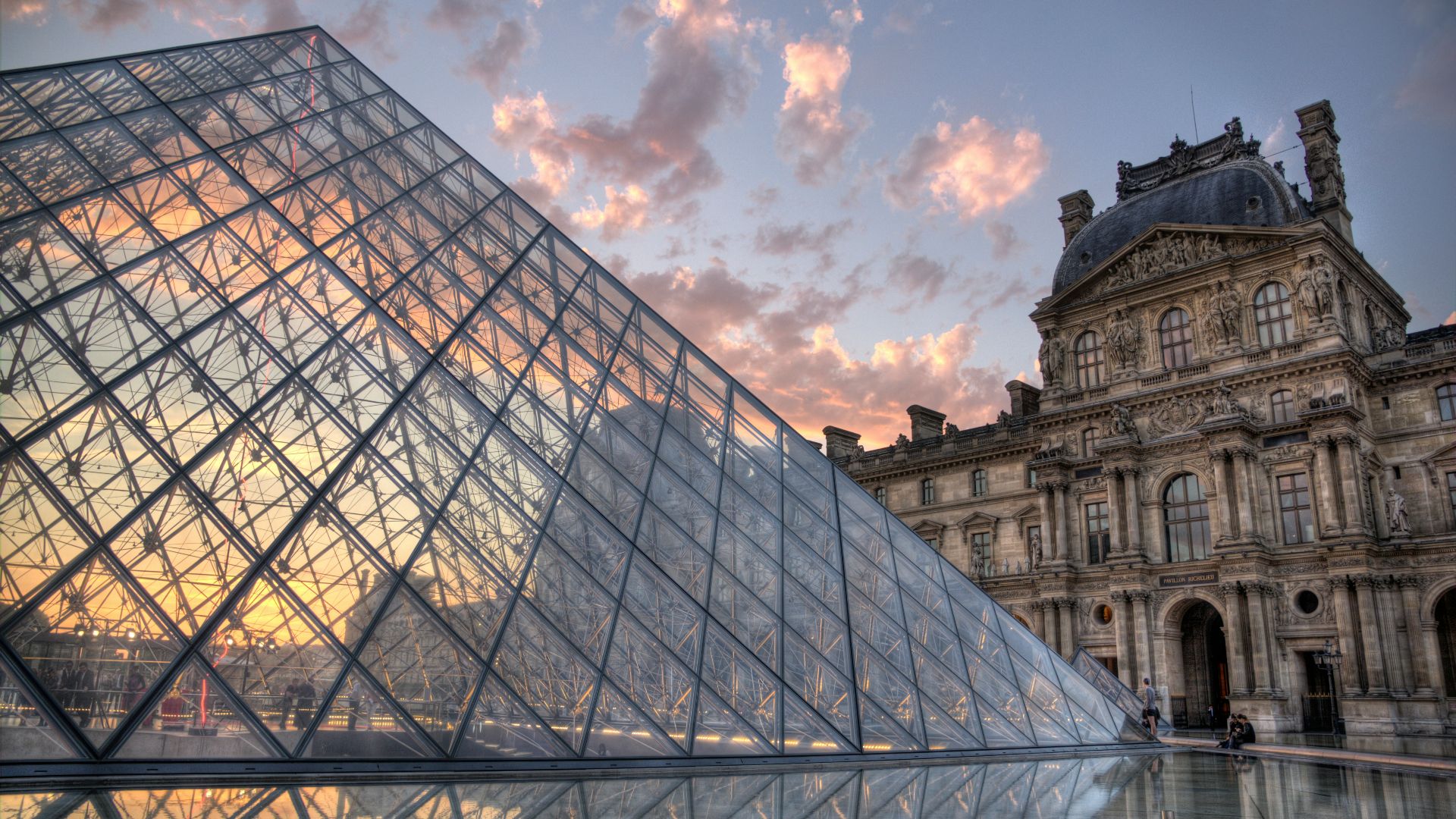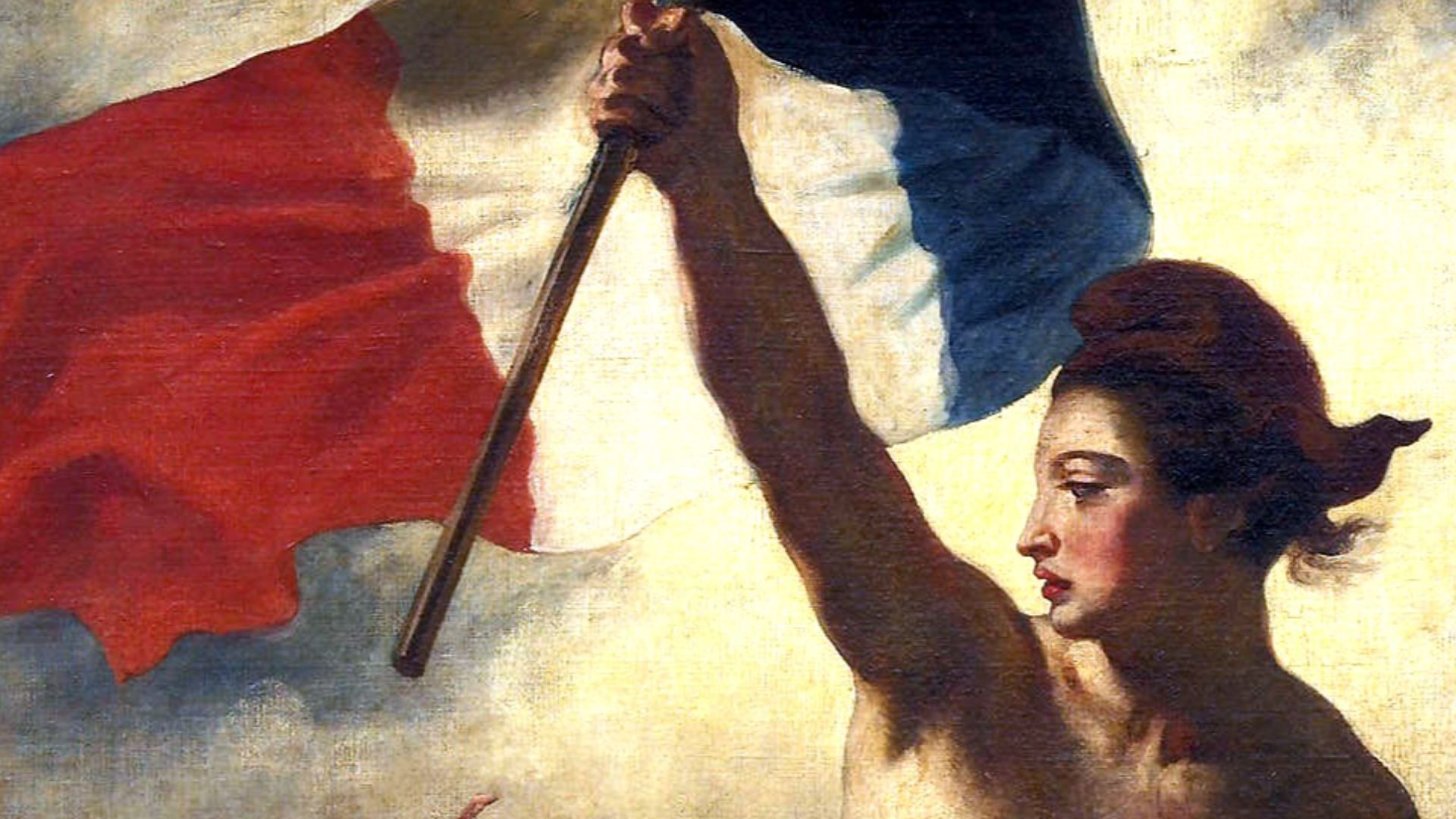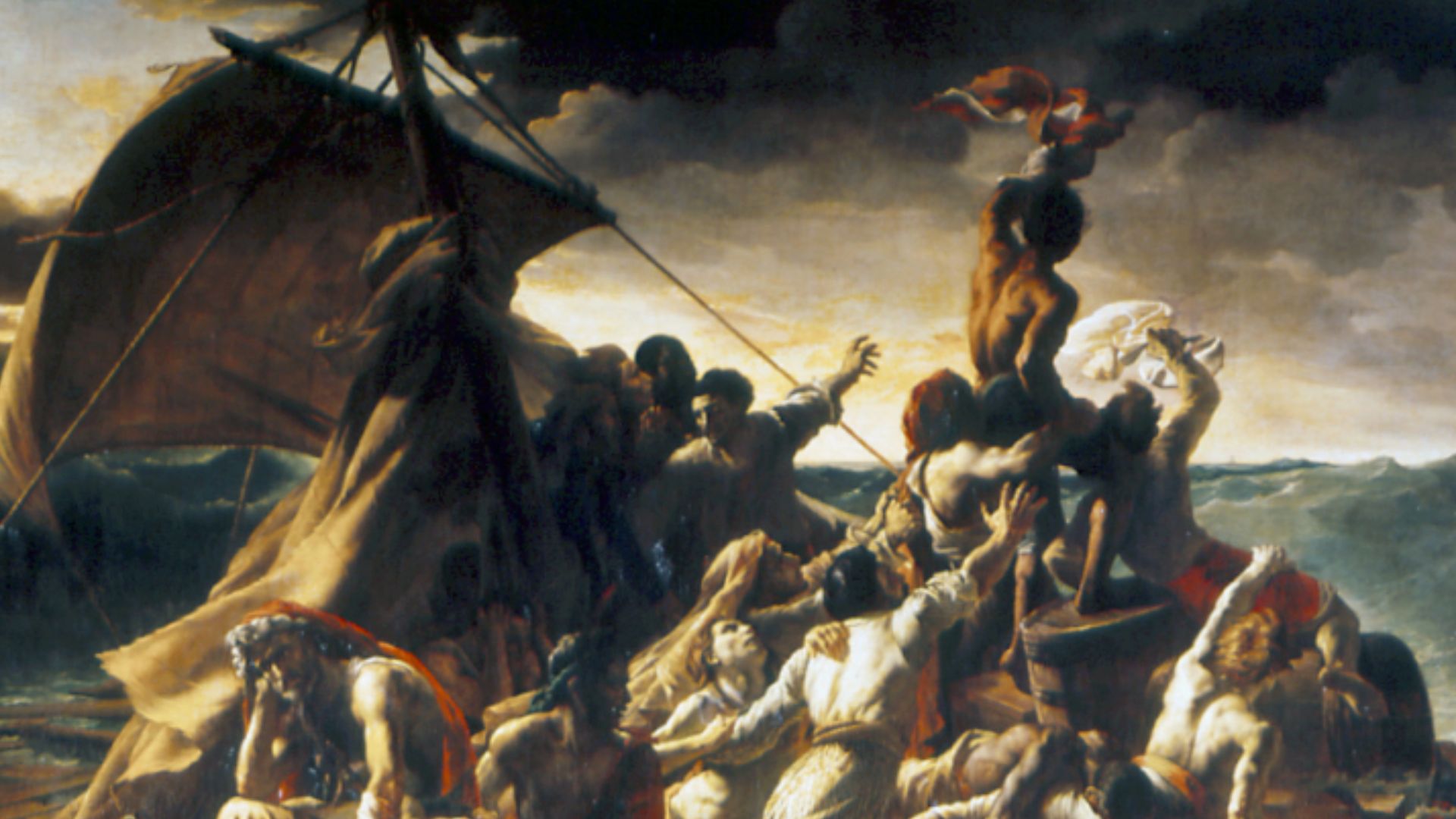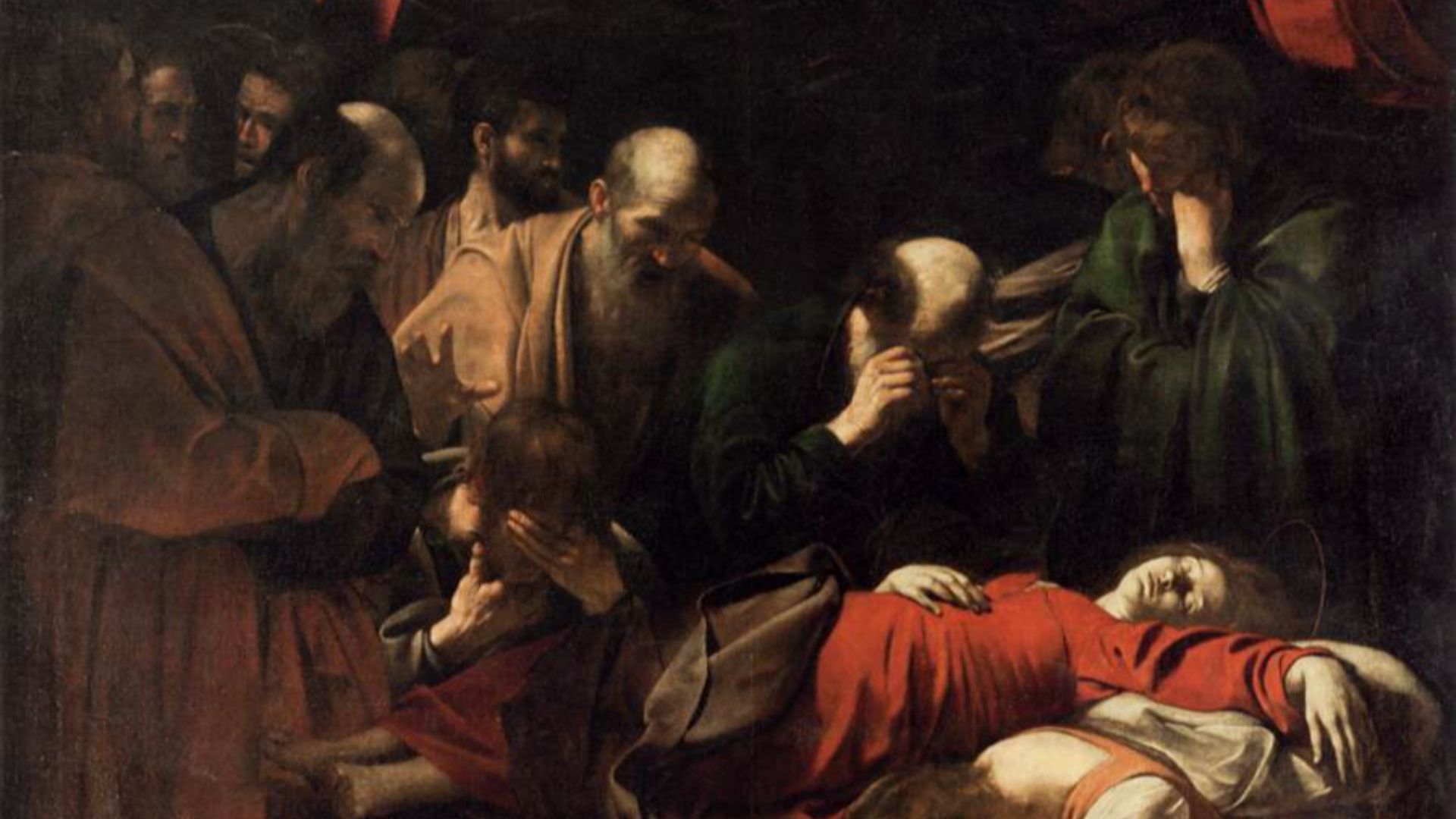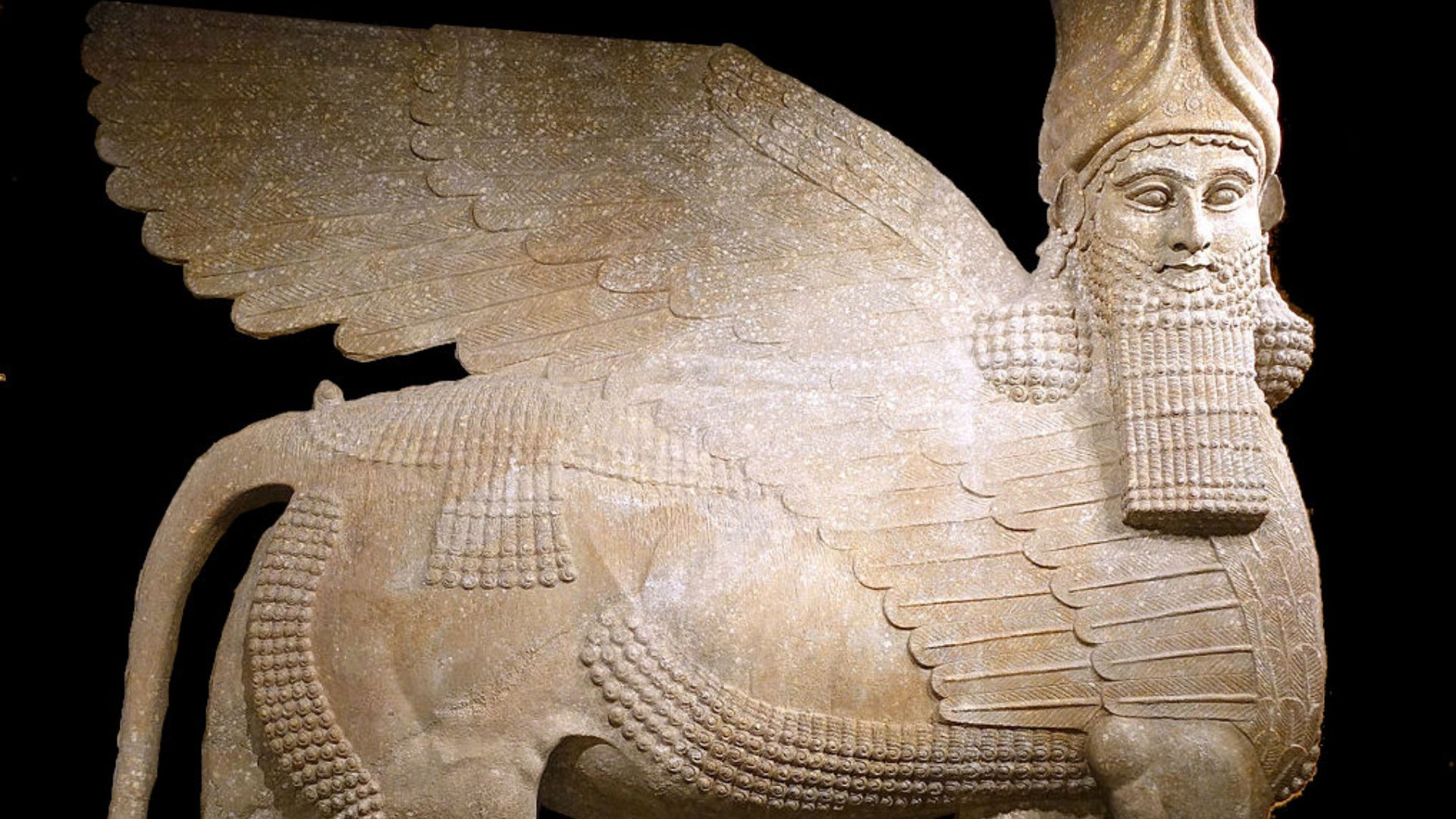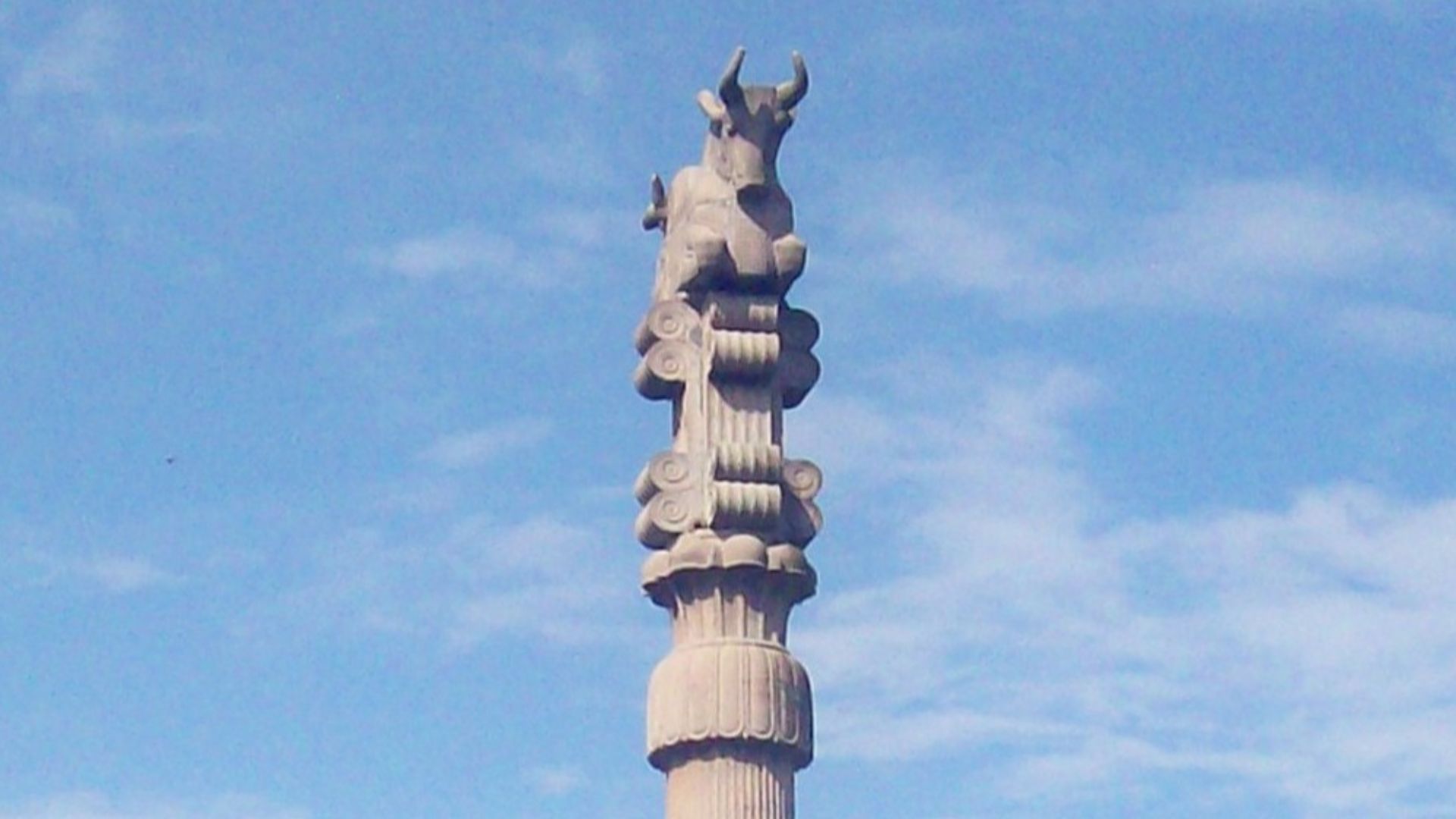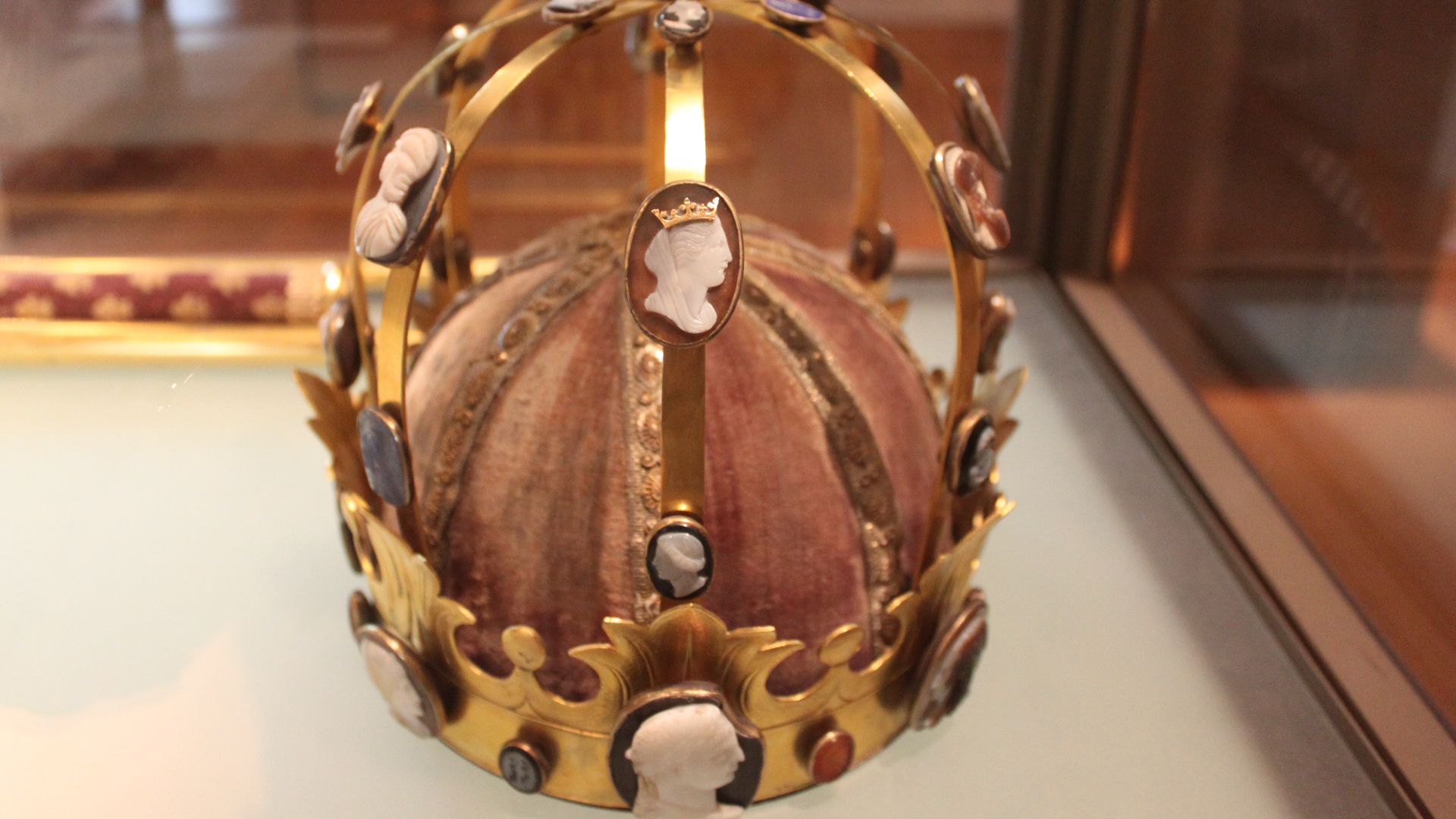Move Over Mona Lisa
The Louvre is one of those places you just have to see for yourself. Originally built as a fortress for Philip II at the turn of the 13th century, the structure was used as an aristocratic residence and a 17th-century salon before it became a museum in 1793. The Louvre has over 600,000 items in its collection, and was greatly aided by Napoleon Bonaparte, Louis XVIII, and Charles X during the 19th century. It has 8.4 miles (13.5 km) of exhibition space, making it easy to spend a whole day there. Have you visited this iconic Parisian landmark?
1. Winged Victory
The Winged Victory of Samothrace is an ancient Greek sculpture that personifies the goddess Nike. The statue was crafted sometime between 200 and 190 BCE, but wasn’t discovered until 1863, sans head and arms. The statue was immediately sent to the Louvre, where it has lived since 1864.
2. Coronation Of Napoleon
This 19th-century oil painting was completed by Jacques-Louis David in 1807. The painting is large, reaching 20 feet in height and 33 feet in width (6 meters by 10 meters). The painting was commissioned by Napoleon in 1804, and lived in the Palace of Versailles until 1889.
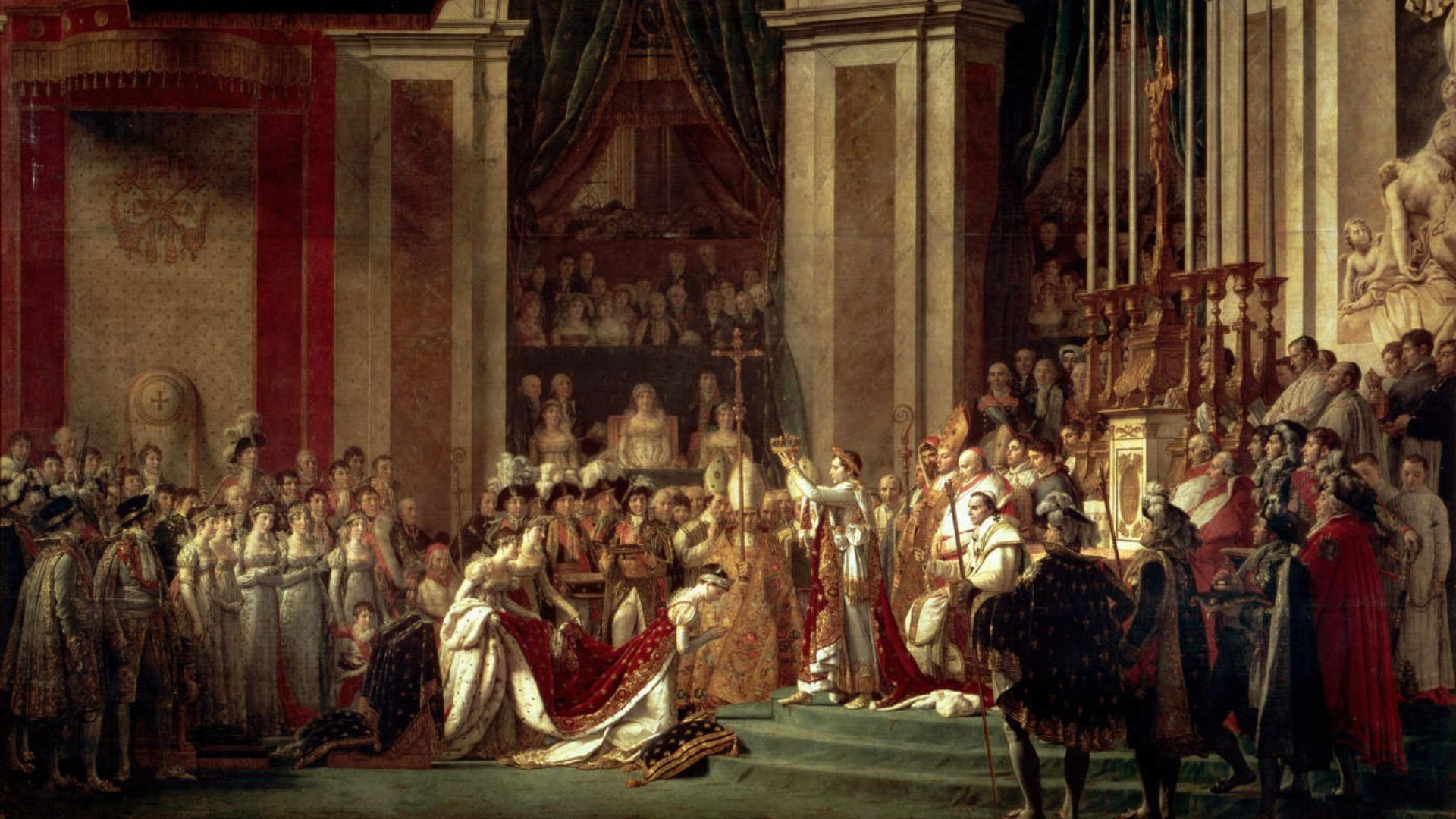 Jacques-Louis David / Georges Rouget on Wikimedia
Jacques-Louis David / Georges Rouget on Wikimedia
3. Liberty Leading The People
This 1830 masterpiece was created by Eugène Delacroix, commemorating the July Revolution that brought down King Charles X. The painting’s main focus is a woman representing the Goddess of Liberty, as she leads a group of revolutionaries over fallen bodies. The Louvre acquired the painting in 1874.
4. Psyche Revived By Cupid’s Kiss
This marble sculpture depicts the god Cupid bringing the goddess Psyche back to life - with a kiss, of course! The first version of this sculpture was made between 1787 and 1793, and has been displayed in the Louvre since 1824.
5. Venus De Milo
The Venus De Milo is an ancient Greek sculpture that was likely made between 160 and 110 BCE. It was discovered on the island of Milos in 1820 and has stood in the Louvre since 1821. The sculpture is an incredibly tall 6 ft 8 in, or 204 cm, and is fully intact aside from her arms.
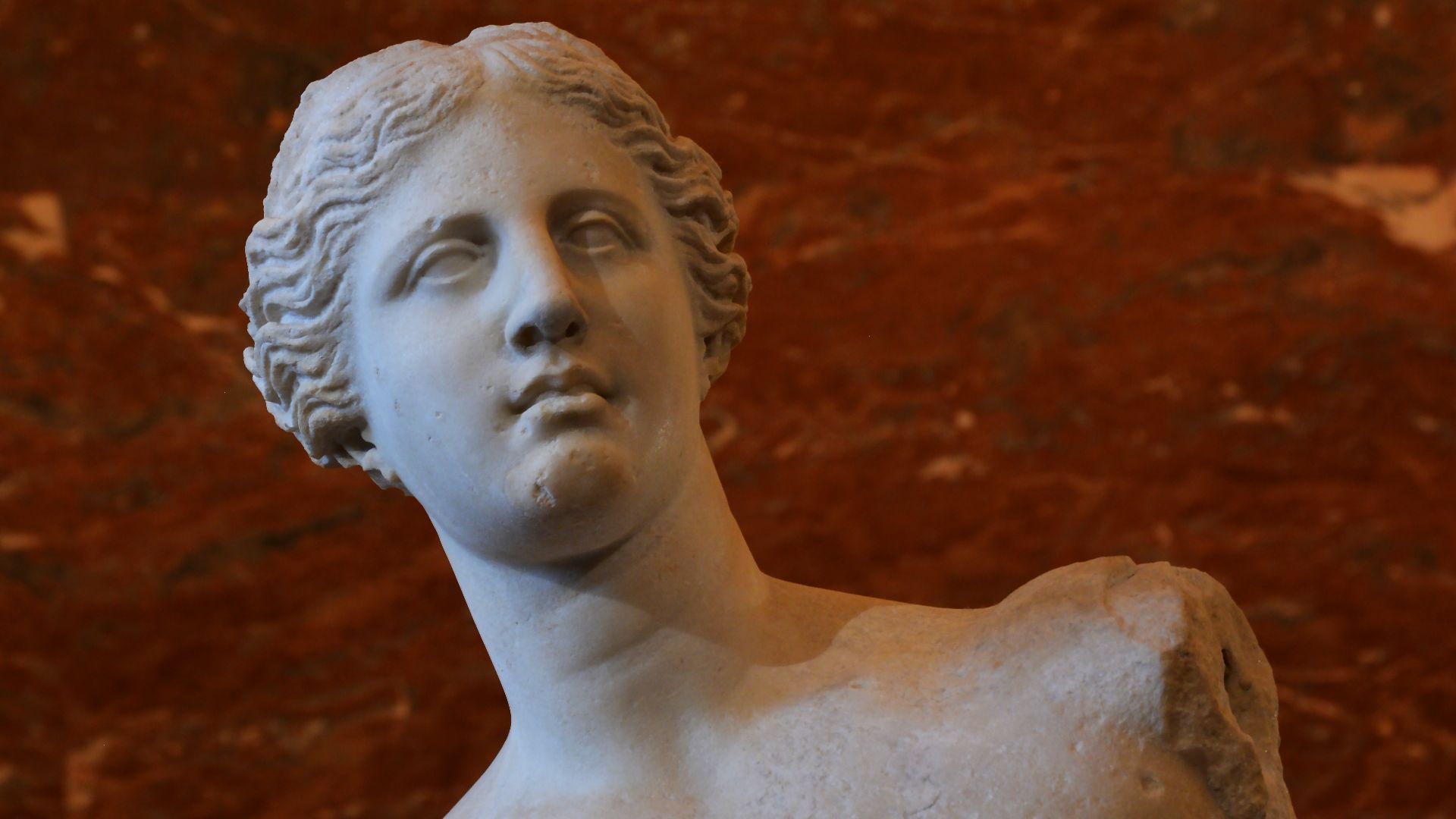 Livioandronico2013 on Wikimedia
Livioandronico2013 on Wikimedia
6. The Wedding At Cana
This oil painting was created by Paolo Veronese and depicts Jesus’s first miracle - turning water into wine. The painting is 22 ft by 32 ft (7 m by 10 m), and is a part of the late Italian Renaissance era. The Louvre started displaying this painting in 1797 after it was seized by Napoleon’s troops.
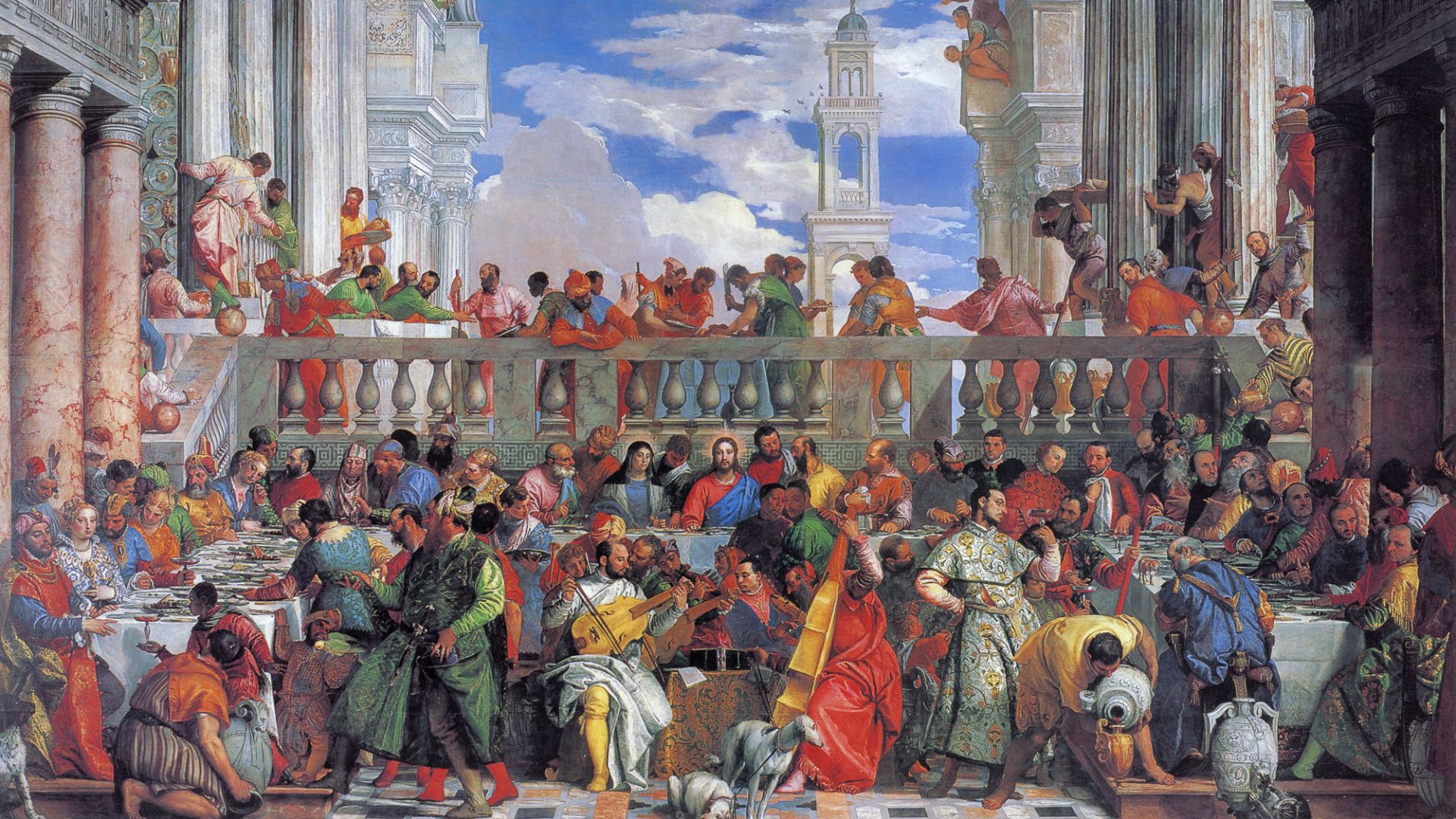 Unknown authorUnknown author on Wikimedia
Unknown authorUnknown author on Wikimedia
7. Great Sphinx Of Tanis
This relic of an ancient Egyptian dynasty found its way to the Louvre in 1826. The 72-inch-tall (183 cm) pink granite sculpture was discovered in the temple of Amun-Ra, and it’s widely debated whether the sculpture was made during Egypt’s 4th or 12th Dynasties.
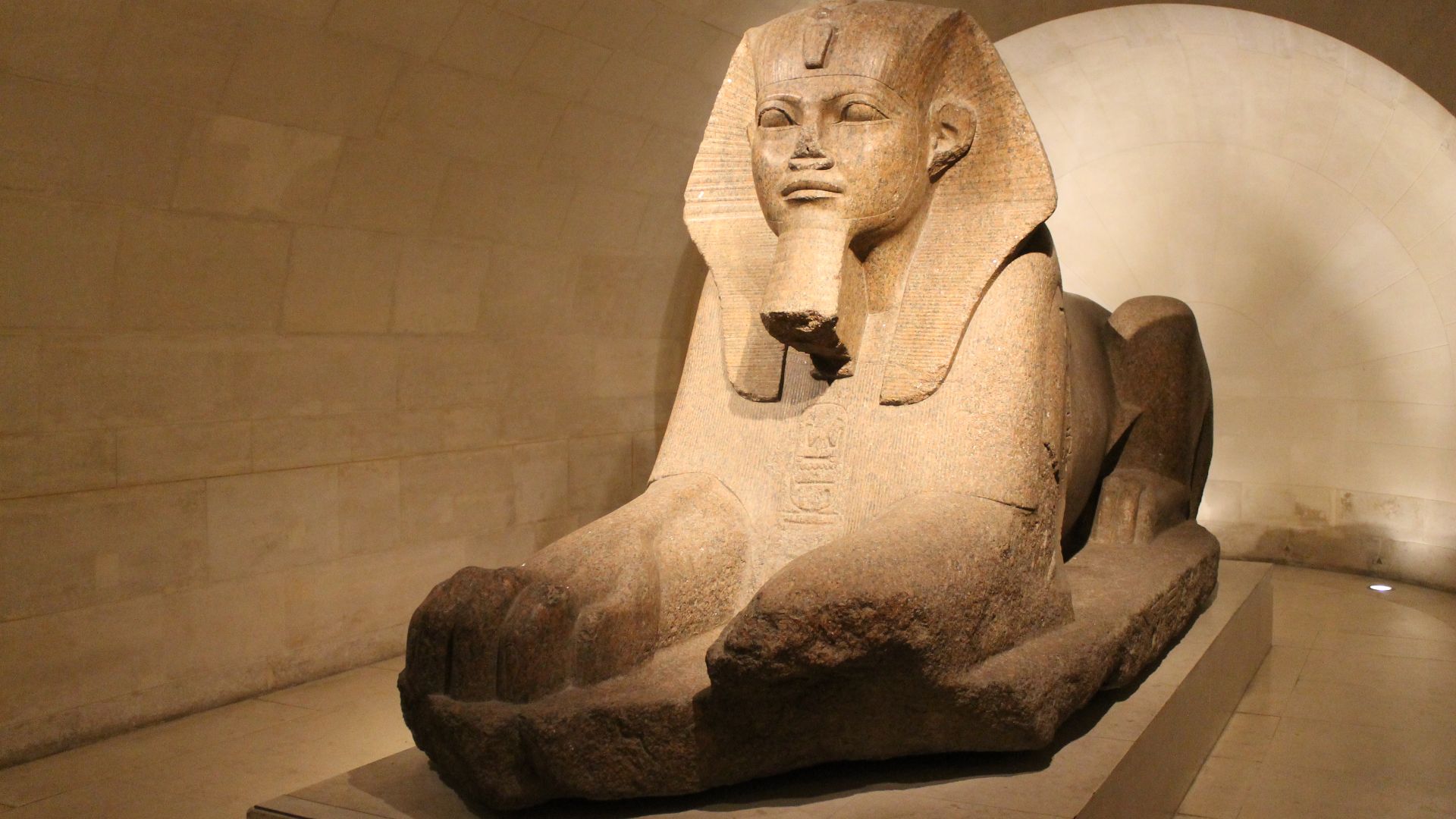 Connie Ma from Chicago, United States on Wikimedia
Connie Ma from Chicago, United States on Wikimedia
8. The Raft Of The Medusa
This oil painting was created in 1819 by Théodore Géricault. It depicts the aftermath of the wreck of the French naval ship called the Méduse, which sank in 1816. The painting is 16 ft by 23 ft in size, or 481 by 716 cm. It was sent to the Louvre in 1824.
9. Mattei Athena
This marble sculpture dates back to the second or first century BCE. It’s said to be a near exact copy of the Piraeus Athena, an ancient Greek statue that was made back in the fourth century BCE. The Louvre acquired this sculpture in 1824 after purchasing it from Louis XVIII.
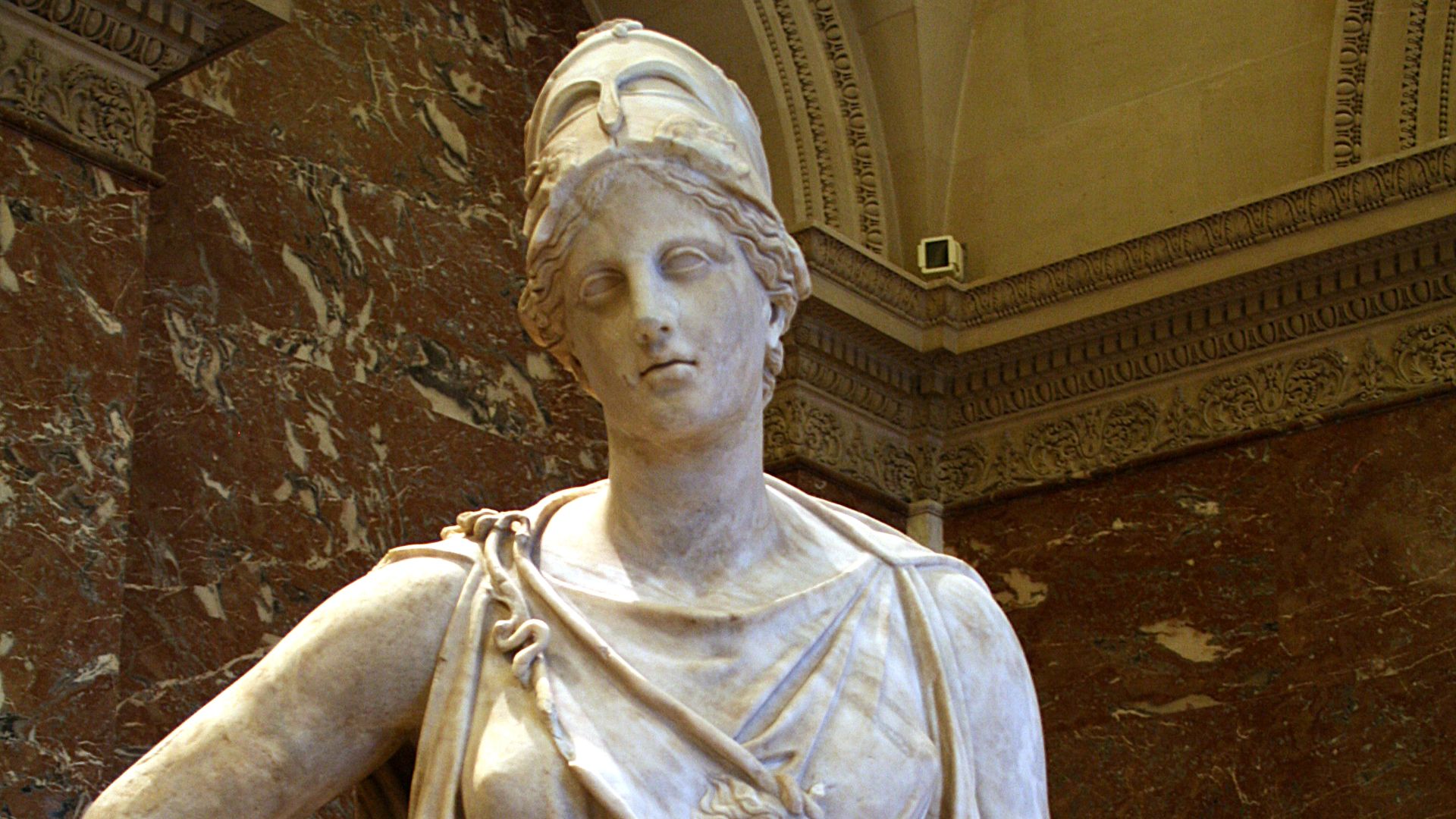 Jean-Pol GRANDMONT on Wikimedia
Jean-Pol GRANDMONT on Wikimedia
10. Death Of The Virgin
The Death of the Virgin is a 17th-century oil painting created by Caravaggio. It depicts the death of the Virgin Mary, and is said to have caused quite a stir by the local parish after it was completed. The Louvre received this painting after the French Revolution.
11. The Lamassus
The Lamassus are a collection of ancient Mesopotamian artefacts. The word “Lamassu” means “protective spirit” in Akkadian, and they’re typically depicted as winged bulls or lions with human heads. These tall sculptures exist in many museums across the world, but there are two from Sargon II’s palace in the Louvre today.
12. Sleeping Hermaphroditus
This ancient Roman sculpture was created in two parts. The actual depiction of Hermaphroditus was made between 100 and 500 BCE by an unknown artist, while the mattress Hermaphroditus rests on was made in 1620 by Gian Lorenzo Bernini. The sculpture was sold to France at the end of the 18th century.
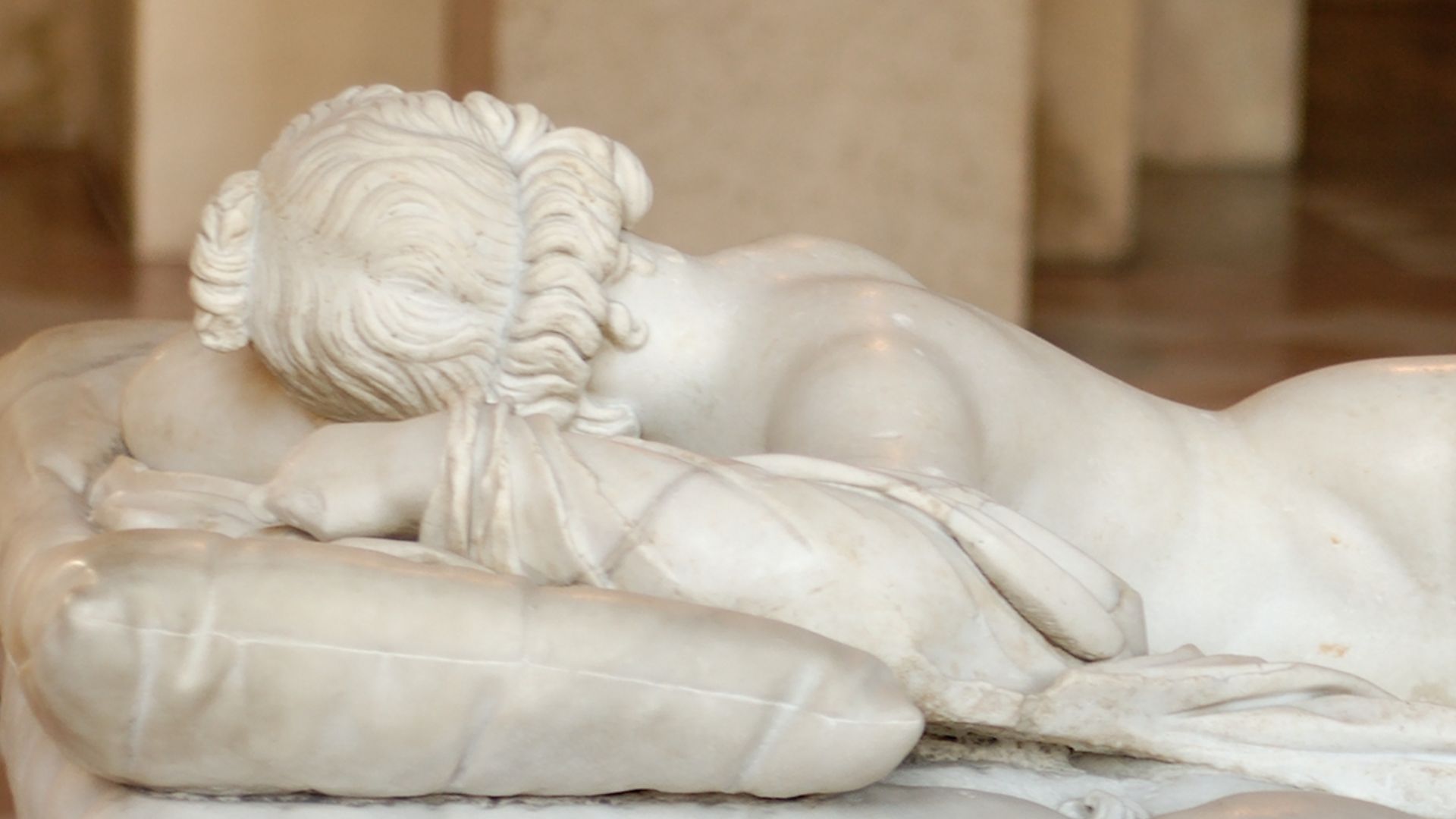 Unknown artistUnknown artist on Wikimedia
Unknown artistUnknown artist on Wikimedia
13. Capital Of A Column From The Palace Of Darius I
The Persian columns were these massive structures constructed before 500 BCE. The columns typically consisted of a base, fluted shaft, and a double-animal capital, typically showcasing bulls. Many Achaemenid palaces had several of these columns, one of which found its way to the Louvre in the 19th century.
14. Oath Of The Horatii
This Neoclassical oil painting was made by Jacques-Louis David in 1784. The painting depicts a Roman legend about two warring states in the seventh century BCE. The painting reflects the political turmoil France was experiencing at the time, as it was completed five years before the Revolution.
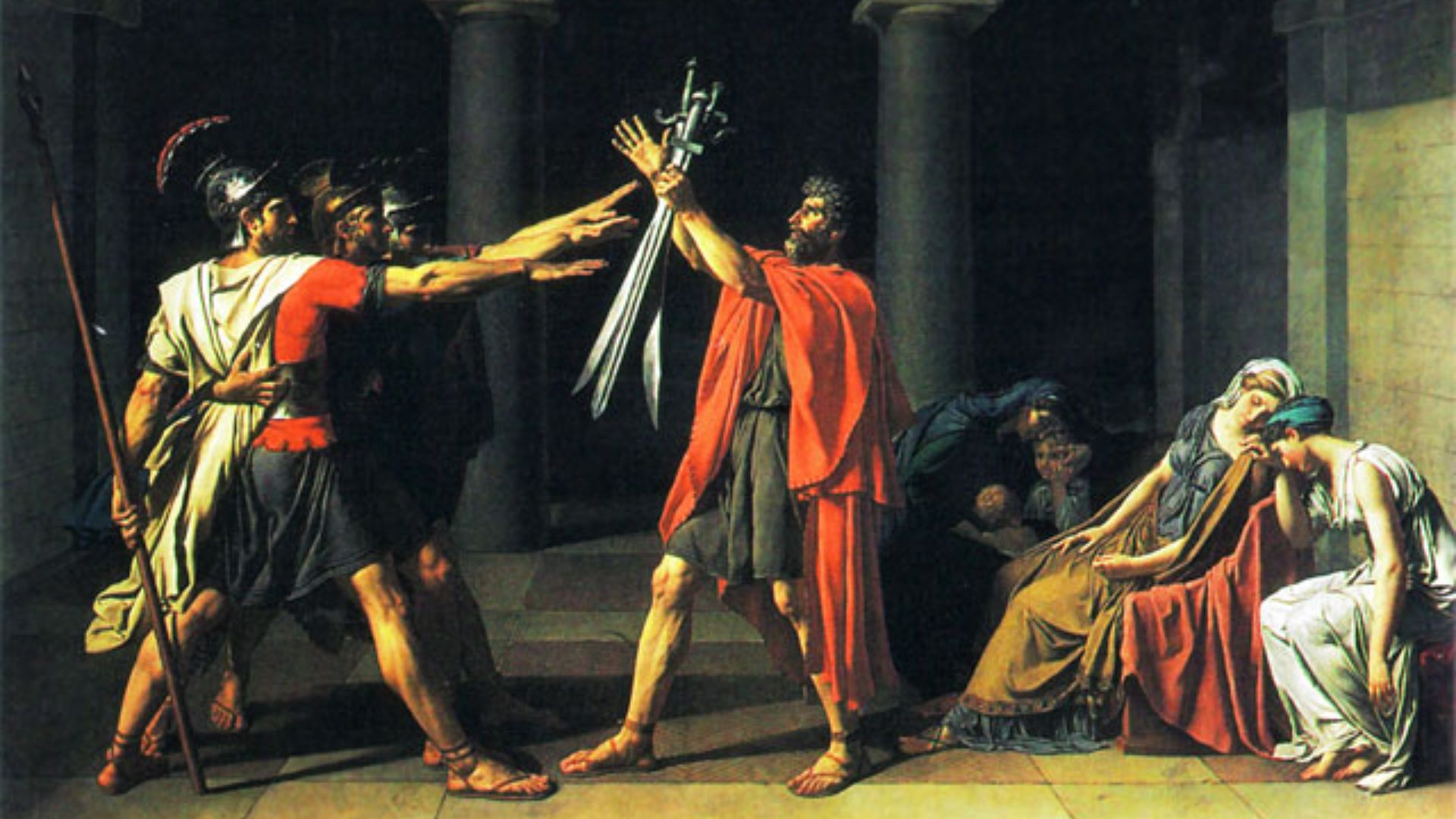 Jacques-Louis David on Wikimedia
Jacques-Louis David on Wikimedia
15. Hammurabi’s Code
This stele structure is an ancient legal text from Babylonia, which was created around 1750 BCE. It’s considered the longest, best-organised, and most well-preserved legal text from the ancient Near East. The text is written in Akkadian and was likely commissioned by Hammurabi, the sixth king of Babylon’s First Dynasty.
16. The Marly Horses
The Marly Horses is a mid-18th-century marble sculpture created by Guillaume Coustou. The sculpture, which depicts two rearing horses with their groom, was commissioned by King Louis XV as entrance pieces for his Marly castle. The sculptures originally sat on the Place de la Concorde until 1984, before they were moved to the Louvre.
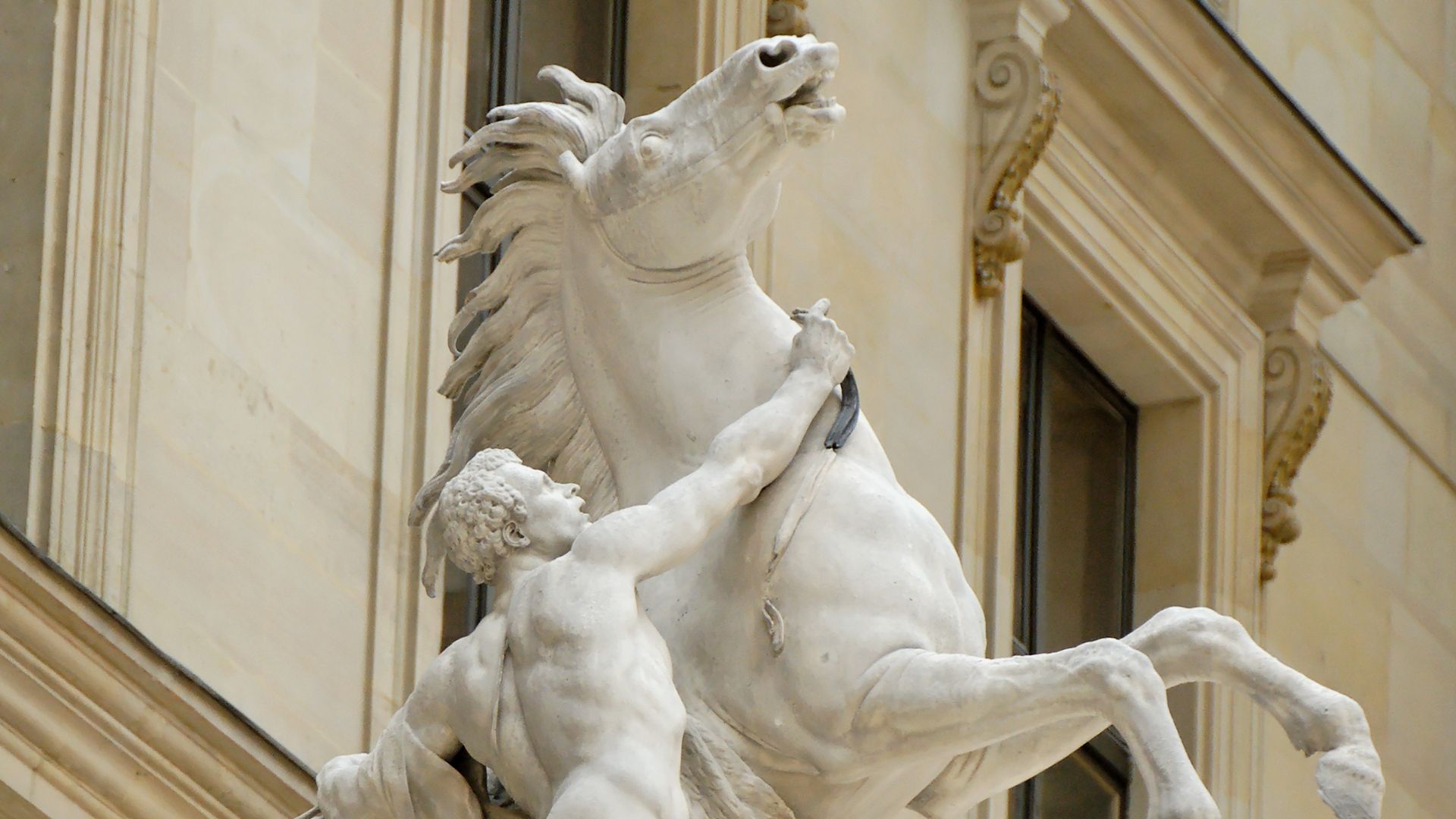 Guillaume Coustou the Elder on Wikimedia
Guillaume Coustou the Elder on Wikimedia
17. Napoleon’s Apartments
One of the greatest sections of the Louvre is the near-intact residence of Napoleon’s apartments. The emperor reserved a section of the Louvre for himself to live in after the Richelieu wing was constructed, and it features a look into 19th-century opulence.
18. Crown Of Napoleon
This crown was used for Napoleon’s coronation in 1804. After the revolution led to the destruction of the Crown of Charlemagne and most of the ancient French Crown Jewels, Napoleon took it upon himself to create this new crown for himself.
19. Pandemonium
This oil painting was created in 1841 by the artist John Martin. Pictured on a 4-foot by 6-foot (123 x 185 cm) canvas, Martin depicted Satan gathering his army of demonic creatures in front of Hell’s capital, Pandemonium. The painting is inspired by Paradise Lost and found its way to the Louvre in 2006.
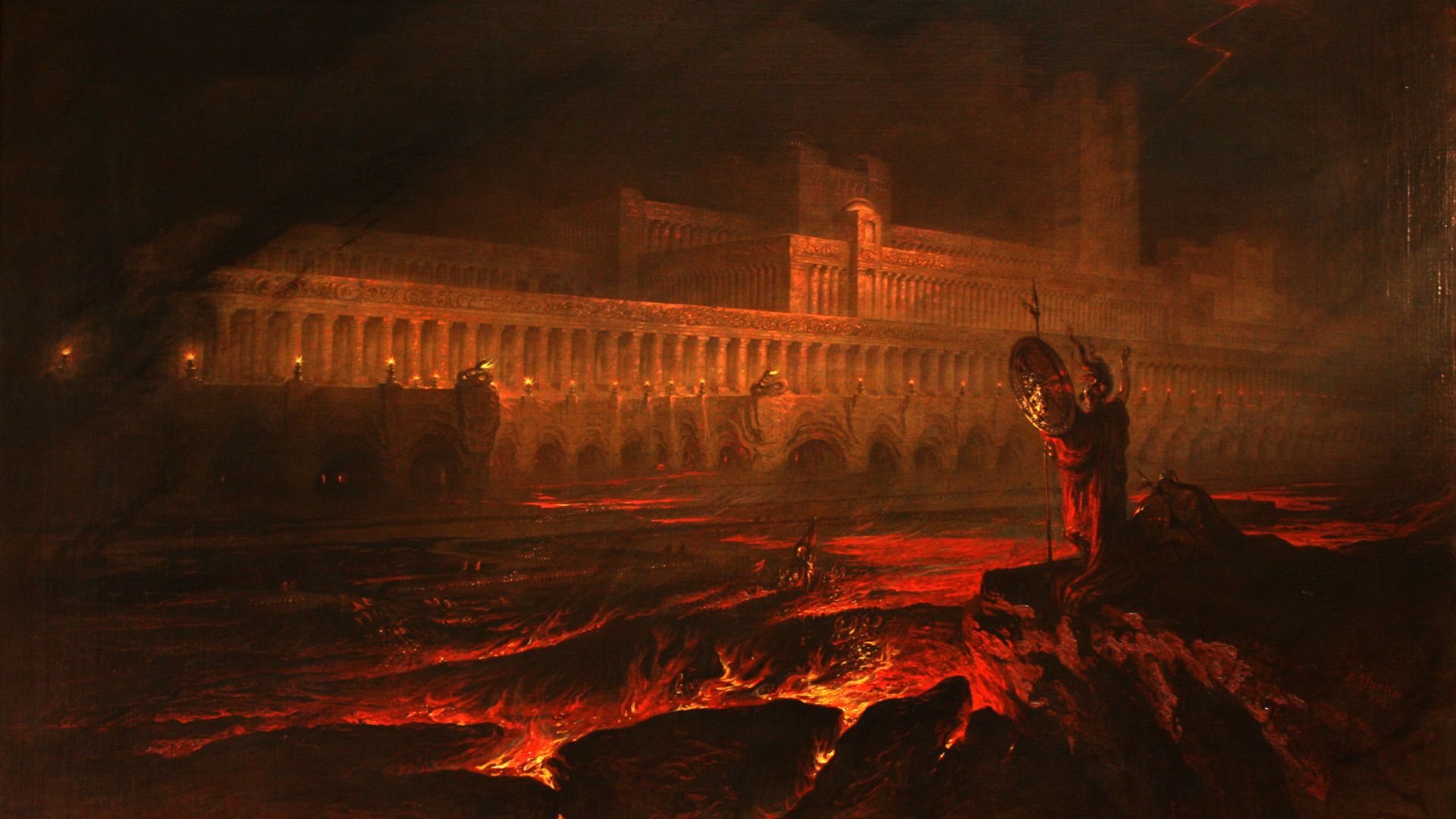 Stéphane Magnenat on Wikimedia
Stéphane Magnenat on Wikimedia
20. The Louvre Pyramid
Even outside of the museum, you can still experience art. The Louvre Pyramid is the main entrance to the museum. Composed of glass and metal, the pyramid allows light to enter the underground hall. It was designed by the Chinese-American architect, I. M. Pei, and was completed in 1989.


